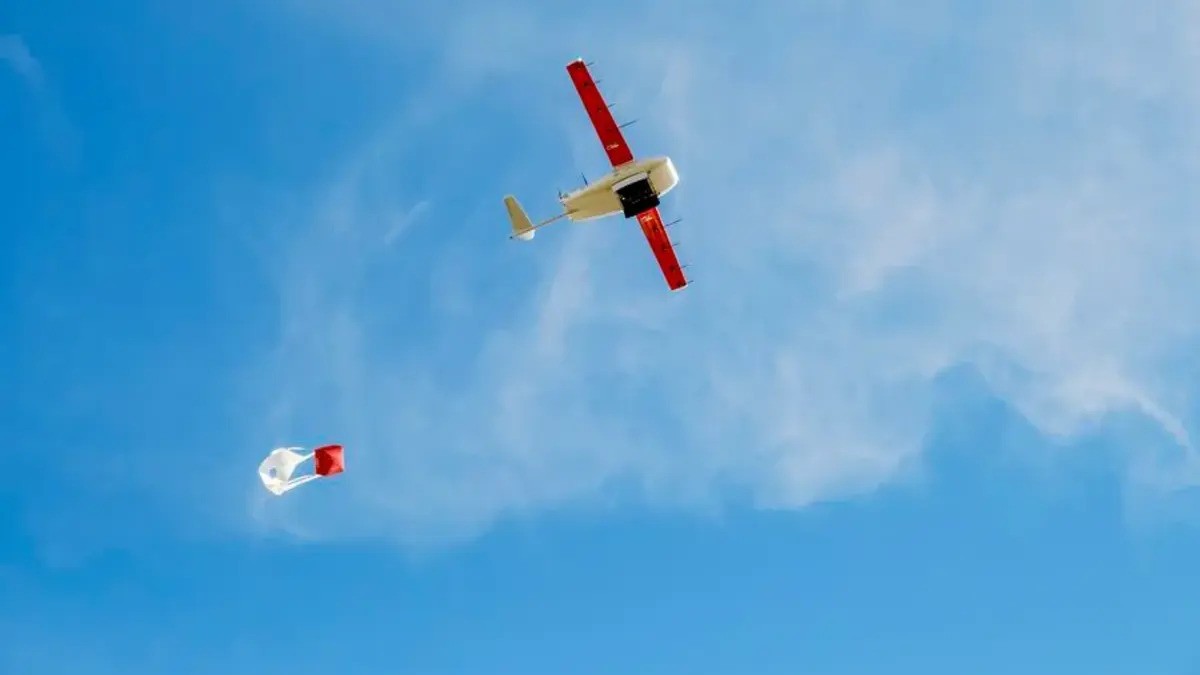
Utah has embarked on an ambitious project to revolutionize air transportation in the state. Spearheaded by the innovative aerospace company 47G, in collaboration with the Utah Governor’s Office, the Utah Department of Transportation (UDOT), the Utah Inland Port Authority, and various industry stakeholders, Project Alta (Air Logistics Transportation Alliance) seeks to establish an advanced air mobility (AAM) system throughout Utah by 2034.
Project Alta is designed to integrate electric vertical takeoff and landing (eVTOL) aircraft into the state’s transportation infrastructure, providing new methods for moving people and cargo efficiently and sustainably. The initiative aims to make air travel more accessible, cutting travel times significantly, and seamlessly connecting with existing ground transportation systems. With Utah slated to host the world for the Winter Olympic Games in 2034, efficiently moving people and goods will be critically important.
The initiative involves a phased approach to ensure safety, compliance, and community integration. With aerospace, defense, and cyber companies already making up 20% of Utah’s economy, the plan includes expanding current drone delivery services, establishing reliable cargo transport systems, and eventually facilitating passenger travel through air taxis.
Several aerial logistics and urban mobility companies are integral to this project. Zipline, known for its drone delivery services, is collaborating with Intermountain Health to deliver medical supplies directly to homes. Hexcel supplies carbon fiber materials to Archer Aviation for their air taxis, while Electric Power Systems provides cutting-edge batteries for various electric aircraft. Additionally, Albany Engineered Composites and Intergalactic contribute structural components and thermal management systems, respectively, to support advanced air mobility vehicles.
Leading Project Alta is Chris Metts, a former senior official from the Federal Aviation Administration (FAA) with over three decades of experience in national AAM activities. His expertise ensures that Project Alta adheres to all federal standards and regulatory requirements, emphasizing a “crawl-walk-run” approach to gradually and safely integrate AAM technologies into Utah’s transportation framework.
The potential benefits of this project extend beyond faster travel times. AAM technologies are sustainable, utilizing electric aircraft that reduce carbon emissions and integrate smoothly into urban, suburban, and rural settings. To date, state legislators have appropriated over $3 million for AAM initiatives.
The successful implementation of Project Alta will require continued collaboration among government agencies, industry stakeholders, and the public. As Utah leads the way in this innovative field, it stands to attract significant investment and become a model for other states and regions looking to develop their own advanced air mobility systems.
Read more: DJI ban highlights supply chain issues in US drone market
FTC: We use income earning auto affiliate links. More.





Comments